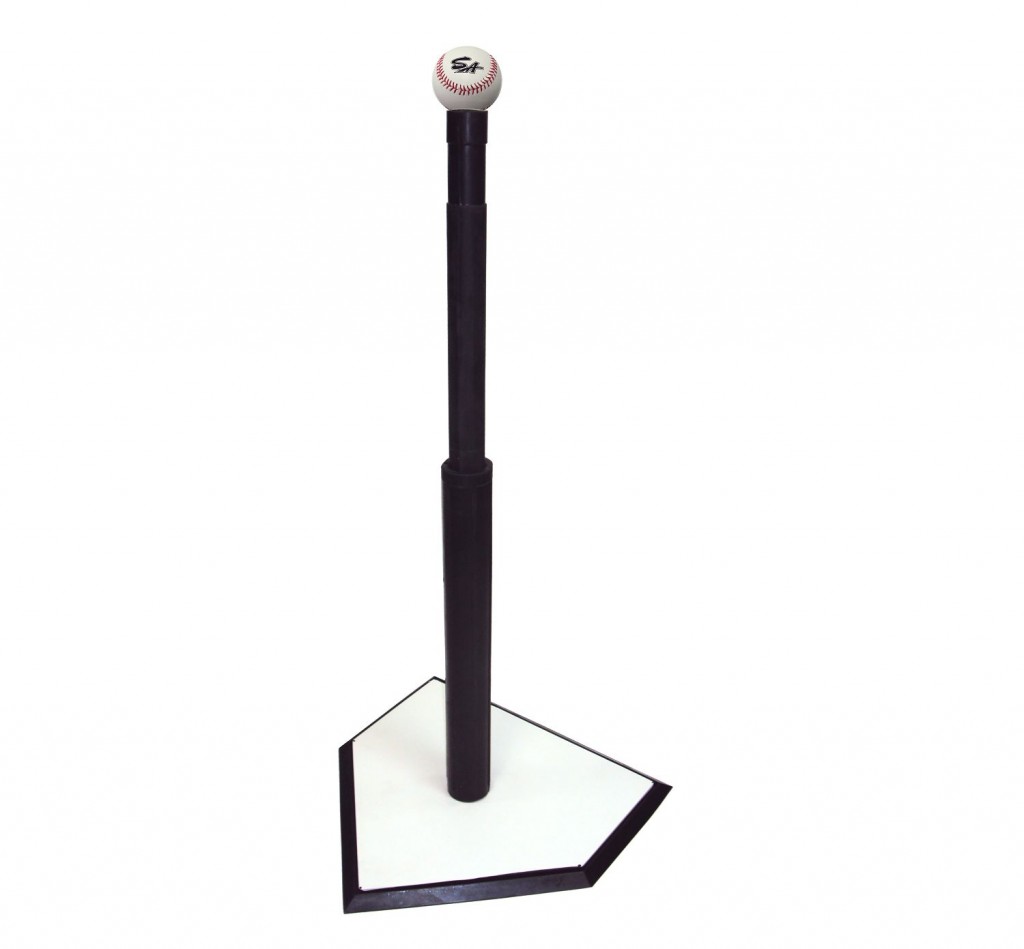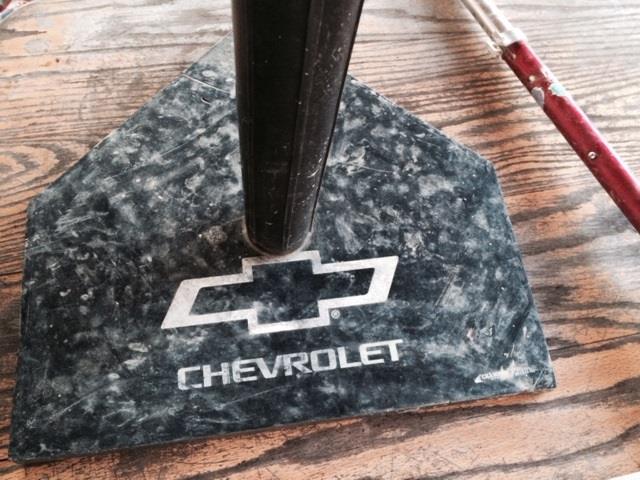 We live in a world of change. If it’s not change of the political variety it’s the fluctuation of clothing trends, haircut styles, music movements, and technological development. As we age, our bodies grow weaker. Hair thins out, turns gray, bones lose calcium, muscles become flaccid and youthful skin fades to sun-dried wrinkles. The seasons come and go in nature and in life—but one thing that remains constant: America’s undying affection for baseball.
We live in a world of change. If it’s not change of the political variety it’s the fluctuation of clothing trends, haircut styles, music movements, and technological development. As we age, our bodies grow weaker. Hair thins out, turns gray, bones lose calcium, muscles become flaccid and youthful skin fades to sun-dried wrinkles. The seasons come and go in nature and in life—but one thing that remains constant: America’s undying affection for baseball.
You’d be hard pressed to find a person in the U.S. who didn’t play some kind of baseball as a child. It’s a sport that is unique in that regard. Everyone from the flat-top letterman, varsity jock to the long haired, Metallica shirt wearing, high school marching band student has swung a bat at one time or another.
Coming Of Age through Tee Ball
 The Tee Ball field is the place where kids figure out if they will like baseball enough (or have the aptitude) to stick with it throughout grade school in hopes of becoming that letterman someday.
The Tee Ball field is the place where kids figure out if they will like baseball enough (or have the aptitude) to stick with it throughout grade school in hopes of becoming that letterman someday.
Any coach that signs up to manage a bunch of kids in a tee ball league knows after one season that there’s much more to the game than dressing tykes up in cute little uniforms and chasing loose balls around the ball field. As any youth sports league coach will confess—not all teams are equal in raw, physical talent.
The 1976 coming-of-age comedy classic, Bad News Bears magnified the real-life struggles of whipping overlooked, fidgety kids into passable playing form for the weekend game against a team of hand-selected, naturally talented kids that play in more than one league. Politics be damned, it will always be a fact of life in little league sports.
If you’ve ever been the coach of the underdog team, you’ve earned your wings. It’s duty that requires perseverance, patience and a lot of heart, but at the end of the day—no matter how many L’s you’ve acquired on the schedule, it’s an essential step in life that helps strengthen the character of our young children when physical talent is absent.
A truly great coach can make a group of kids feel like they’ve won even if their record indicates otherwise. If your record is 1 win and 14 losses, players shouldn’t know the difference at Tee Ball level. Kids place a premium on what their coaches and parents emphasize. If the adults emphasize skill, teamwork and effort—that’s what will be valued. A kid will only be humiliated by his/her showing in the win/loss column if parents choose to focus on the wrong things.
Importance of Tee-Ball
This is why little leagues of all team sports are vital to forming the individual personality early in life through group effort in sports—where consequences for failure are low. It also explains why they’re sewn into the cultural fabric of our country. The virtue of team work, organization, and camaraderie can be found on the tee ball field as well as any other job you’ll have in life.
in sports—where consequences for failure are low. It also explains why they’re sewn into the cultural fabric of our country. The virtue of team work, organization, and camaraderie can be found on the tee ball field as well as any other job you’ll have in life.
You have to learn how to crawl before you can walk. Learning how to play tee-ball helps get the kid prepared for the sport of baseball. In tee-ball, kids are taught more about correct form when catching, throwing and hitting the ball than they are about the rules.
The whole intent of Tee Ball is to introduce young children to the game of baseball so they can learn to appreciate the sport and develop the fundamental skills and sportsmanship at a pace they can handle. Tee Ball is not a place for fierce competitive energy and competitive “my kids vs. your kid” parent ego.
Practice times for teeballers should be organized so that you minimize standing around time. Kids between the ages 4-8 typically have short attention spans. There’s nothing unnatural about that—it’s normal. Your job as coach is to keep them busy.
Simplifying information to your team is important. Too much information thrown at a team of 5 year olds is going to overwhelm them and their mind will wonder off to video games and superheroes. “One bite at a time” as the old proverb goes.
Kids need to know the right way to throw a ball. For every kid who has already learned to throw from their dad, there’s the one kid like Smalls from Sandlot who cannot even lift the ball. Learning to control the ball and its trajectory path will take time—more than one season of Tee Ball. If a kid will ever throw a runner out from their knee after fielding a ground ball, they’ll need to learn mechanics of pitching.
The tee itself has been used by every professional player to swing a bat. It helps build the right form when hitting a ball. Good posture, grip on the bat and shoulder placement are honed through Tee Ball.
One of the more important lessons is breaking kids of being afraid of the ball. Some kids shy away from a ball thrown or hit to them in fear of receiving a black eye. Tee Ball allows coaches to desensitize players to this habit through repetitive passing and catching drills and slow pace—gradually increasing as the player becomes more comfortable.
None of this is really possible without the equipment. The significance of a reliable team sponsor cannot be stressed enough. Even the Bad News Bears had “Chico’s Bail Bonds” as their uniform and equipment supplier.

Campbell County Knothole league receives direct support from Kerry Chevrolet. Uniforms, equipment, etc. are provided to the knothole teams in this league. A sense of community and commerce are important to youth league sports such as Tee Ball. Local businesses get their name out there for advertisement and teams are able to benefit with efficient batting equipment, uniforms, funding and more.

